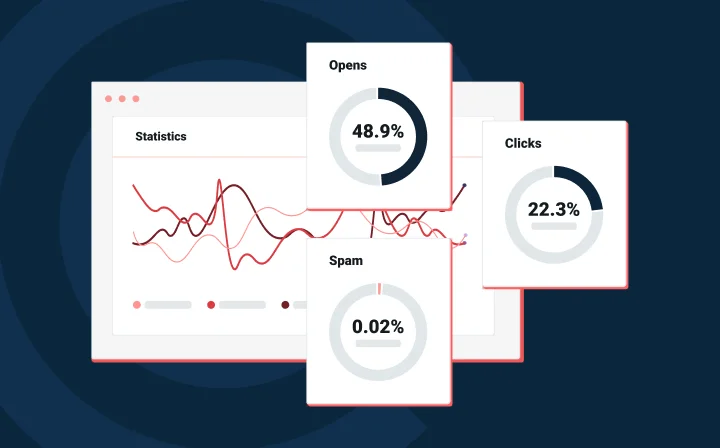Deliverability
Gmail to remove inactive accounts: Don’t let it impact your deliverability

Deliverability

In their May 16, 2023 update, Google announced some changes coming to Gmail, including updates involving BIMI certification, tweaks in the schema requirements for annotations and – perhaps what concerned senders the most – plans to remove all inactive Gmail accounts.
The removal of inactive accounts could affect your email list directly and impact your deliverability. So, what’s the reasoning behind this decision? Should you be worried? And how can you prepare? All good questions – here’s what we know.
Out with the old and in with the new.
Google is cracking down on accounts to help curb spamming and hijacking attempts, and their first step is to clean up unused or dead accounts. This comes at a time when account security and data protection is becoming increasingly more important across the net.
People want the products and services they use online to be safe and secure…if an account hasn’t been used for an extended period of time, it is more likely to be compromised.
Spam and abandoned accounts are far less likely to have implemented protections like 2FA, which also help validate the account, and abandoned accounts are much more susceptible to compromised passwords and account takeover for malicious intent.
Google is paving a long runway on its path to account deletion, and the policy will only go after accounts that have been inactive for 2 years or more.
The first batch of accounts were scheduled for deletion beginning in December 2023 and Google began executing on December 1 as promised. The approach will be phased and begin with accounts that were created and then immediately abandoned, meaning they have been inactive since their creation.
In the next phase, Google will target inactive accounts in batches and will send them notification campaigns announcing their upcoming deletion, giving users a chance to reclaim their accounts. Those accounts that have not responded to Google’s notification campaigns will be deleted and this new policy executed on an ongoing basis.
Can this change impact your deliverability? Potentially, yes. But if you’re following email deliverability best practices, you don’t need to worry.
Sending to inactive or non-existent counts is a fast way to hurt your sender reputation and engagement metrics, which in turn negatively impact your deliverability in a big way. As you know, lack of engagement on your delivered emails, blocks, and bounces are all factors email clients consider when deciding to place a sender’s message in the spam folder.
So, those sending to inactive accounts are already hurting their deliverability. Google’s move to delete inactive accounts shouldn’t worry senders following best practices. But if you’re planning to send to an old email list, you’ll want to ensure all those email addresses are reachable to avoid bounces. You can do this by using an email verification tool like Mailgun’s.
If you’re not sure about your email list, don’t worry. You’ve got time. Between now and December 2023, we recommend implementing re-engagement and list cleaning tactics of your own as a defense.
This update will impact accounts and subsequently the addresses on your list, so there are two main list-targeting steps you can take to prepare. While these are standard best practices, they can be adapted to target Gmail addresses specifically.
The change Google is making to disable inactive mailboxes is one that other providers have already made. For senders already following best practices, this should not have any huge impact on their sending or reputation. Continue practicing solid list acquisition methods with confirmed opt-in, verify older lists before sending to them, and implement sunset policies to avoid sending to potentially inactive recipients that do not engage with your emails.

Is your list alive? This is the question that re-engagement campaigns answer by sending targeted messaging to segments of your list that have become unresponsive.
With this Google update, we recommend creating a re-engagement campaign to check for signs of life for Gmail addresses on your list that haven’t engaged recently, and sunset unresponsive users.
With deliverability, email list cleaning is King – and it’s not a one-time effort. Sending messages to unresponsive users or invalid addresses severely impacts your engagement and sends your deliverability rate straight to the gutter.
We’ve written a lot about the importance of list hygiene, and the tools you need to create a successful list cleaning practice, but here are the highlights, and how to use them to combat Google’s account deactivation plans.
The deletion of inactive accounts can sound scary to some email senders. If that’s you, we get it – your sender reputation can be hard to manage. But if you’re following our advice on email deliverability best practices, you don’t need to worry.
Google updates like this happen more often than you think. Keep an eye on your Gmail metrics from within your account with our Google Postmaster Tools integration.